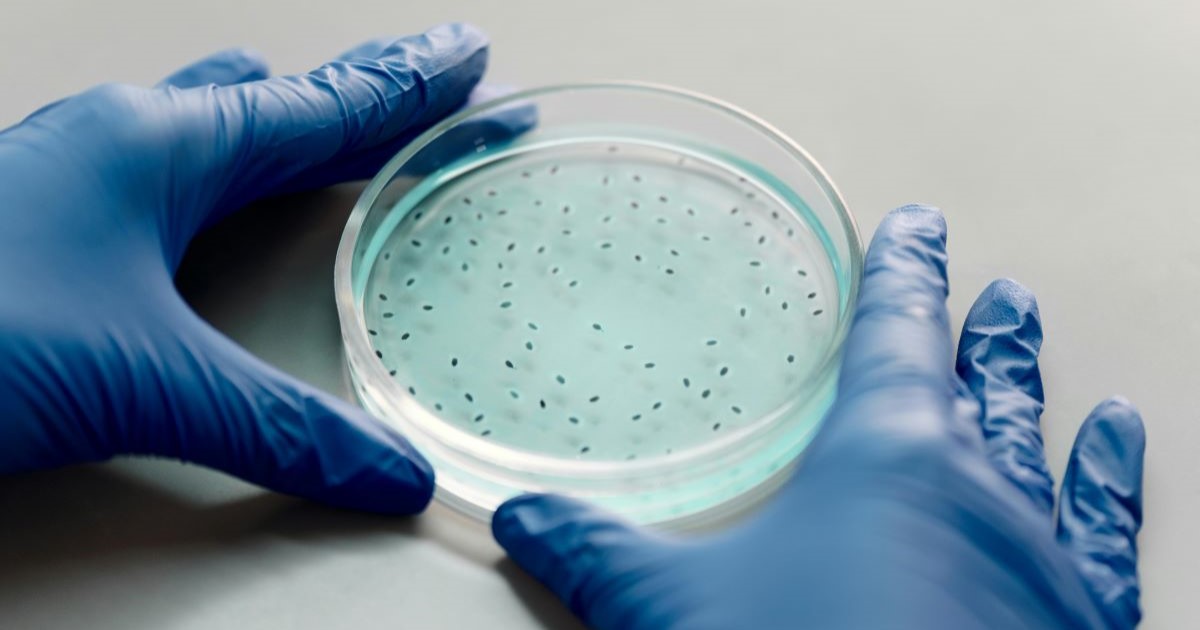
Chinese Astronauts Uncover Mysterious New Pathogen in Space
When astronauts embark on missions beyond Earth, they are far removed from the medical facilities and healthcare professionals that are readily accessible on the ground. This distance necessitates rigorous training in first aid for astronauts, enabling them to handle emergencies such as injuries requiring sutures, which can be performed by their colleagues in space. Additionally, maintaining an environment of extreme cleanliness is paramount on space stations, where crew members adhere to strict hygiene and cleaning protocols to mitigate the risk of contamination or infection at altitudes 250 miles above Earth.
In the event of a severe medical emergency, rescue missions are possible but avoided due to their high cost and logistical complexity. Given these stringent measures, it was surprising when a new bacterial strain was identified aboard China’s Tiangong Space Station. Even more astonishing was the revelation that this particular strain had never been found anywhere else before.
The discovery was detailed in a recent article published in the International Journal of Systematic and Evolutionary Microbiology. The scientists involved described the isolation of a Gram-positive, aerobic, spore-forming, rod-shaped strain named JL1B1071T from the surface of hardware on the China Space Station. This newly discovered strain belongs to the genus Niallia, with its closest relative being Niallia circulans ATCC 4513T.
This novel bacterium has been freshly named Niallia Tiangongensis. While similar to its earthly counterpart, Nialla circulans, which is known to survive without oxygen and commonly found in sewage, human waste, food, and soil, the implications of finding it in space are profound.
How did this pathogen find its way into the sterile confines of a space station? Scientists speculate that it may have evolved from Niallia circulans naturally present onboard Tiangong due to the activities of taikonauts (Chinese astronauts) inhabiting the station. Such mutations are not uncommon as pathogens adapt through evolutionary processes. In the unique conditions of a space station—markedly different from those on Earth—the pathogen could have adjusted to thrive in its new environment.
While the presence of Niallia Tiangongensis might initially raise concerns, it offers fascinating insights into bacterial behavior and evolution in space. This knowledge is crucial for future long-term missions and enhances our understanding of pathogens on Earth. As stated by the study’s authors, the primary concern remains the health of astronauts and taikonauts:
“Understanding the characteristics of microbes during long-term space missions is essential for safeguarding the health of astronauts and maintaining the functionality of spacecraft.”
As humanity ventures further into space, encountering and studying various microorganisms will likely become routine. The identification of Niallia Tiangongensis marks just the beginning of what promises to be a significant area of research for the future of space exploration.